Raised garden beds have become increasingly popular in recent years, offering a practical solution for those seeking to cultivate a lush garden in even the most constrained spaces. This DIY trend initially gained traction due to its adaptability and ease of maintenance. Today, countless raised garden bed designs cater to diverse tastes and functional needs. At their core, these designs simplify gardening by providing improved drainage, better soil quality, and easier access, all while adding aesthetic appeal to your outdoor space. While the concept might initially sound straightforward, the creativity it inspires is anything but mundane. Embrace the burgeoning wave of ingenuity with the following raised garden bed design ideas and craft your very own verdant oasis.
Raised garden bed with protective fencing and trellises. This design helps keep pests away while supporting climbing plants. Source
Raised garden bed with vertical trellis. Incorporating a trellis allows for vertical growth of plants, maximizing space and promoting air circulation. Source
Wooden raised garden bed. Consider using reclaimed wood for a rustic look and sustainability. This design provides good drainage and accessibility for planting and harvesting. Source
Tiered raised garden beds. This design promotes better sunlight exposure and accessibility for planting and harvesting. Source
Metal raised garden bed with decorative flowers: Incorporating vibrant flowers around the edges enhances aesthetics while attracting pollinators. Source
Corrugated metal raised garden bed design. This structure offers durability and aesthetic appeal while providing an excellent environment for plant growth. Source
Raised garden beds made from corrugated metal. These durable beds provide excellent drainage and a modern aesthetic for your garden design. Source
Metal raised garden beds. Their durability and drainage options make them ideal for growing various herbs and vegetables. Source
Metal raised garden beds with trellis support. This design offers durability and efficient space for climbing plants, promoting healthier growth and organization. Source
Wooden raised garden bed structure. This design allows for better drainage and soil management, facilitating healthier plant growth. Source
Vertical trellis system. Incorporating a vertical trellis can maximize space and support climbing plants, enhancing growth and accessibility in a raised garden bed design. Source
Cinder block raised garden bed. This design is durable and allows for excellent drainage, making it ideal for growing vegetables. Source
Quality Lumber
Quality lumber makes a huge difference in garden design. It not only looks great but also stands the test of time against weather and pests. Choosing the right type of wood, like cedar or redwood, can elevate any outdoor space into a beautiful retreat.
Soil Composition
Soil composition is super important for any garden, as it dictates how well plants grow. You want a mix of sand, silt, and clay, hitting that sweet spot for drainage and nutrient retention. Adding organic matter like compost can boost soil health, making your plants thrive.
Drainage System
A solid drainage system is key for any garden design to prevent waterlogging and unhealthy plants. Consider installing things like French drains or dry wells to channel excess water away effectively. Don't forget about grading the land to ensure proper flow; a well-planned drainage system keeps your garden thriving.
Bed Dimensions
When designing a garden, bed dimensions play a huge role in how your plants thrive. Standard raised beds usually measure 4 feet wide, allowing easy access from either side without stepping on the soil. Length can vary, but keeping beds around 8 to 12 feet helps with space management and crop rotation.
Sunlight Exposure
Sunlight exposure really shapes garden design, figuring out where the sun hits your space throughout the day is key. Full sun areas can host vibrant flowers and veggies, while shaded spots are perfect for ferns and hostas, making your garden diverse. Keeps an eye on how shadows move; that can totally change what thrives and what struggles in your garden!
Watering System
A smart watering system can totally transform your garden game, making sure plants get the right amount of moisture without you lifting a finger. Drip irrigation or soaker hoses save water and target plant roots directly, which is awesome for efficiency. Plus, adding a timer to your system means you can chill out while your garden stays lush and happy, even during those scorching summer days.
Pest Control Measures
Pest control in garden design is crucial for a thriving space. Incorporating natural predatory plants and beneficial insects helps keep pests in check without harsh chemicals. Mulching, companion planting, and maintaining healthy soil create an environment that naturally deters unwanted critters.
Creating a DIY raised garden bed involves selecting materials such as wood or metal to construct the frame, which should be designed based on the available space and the types of plants being grown. The process includes measuring and cutting the materials to size, assembling them into a rectangle or square shape, and securing the corners for stability. Once constructed, the bed is filled with quality soil, providing an optimal environment for plants to thrive and improving drainage and pest control in the garden.

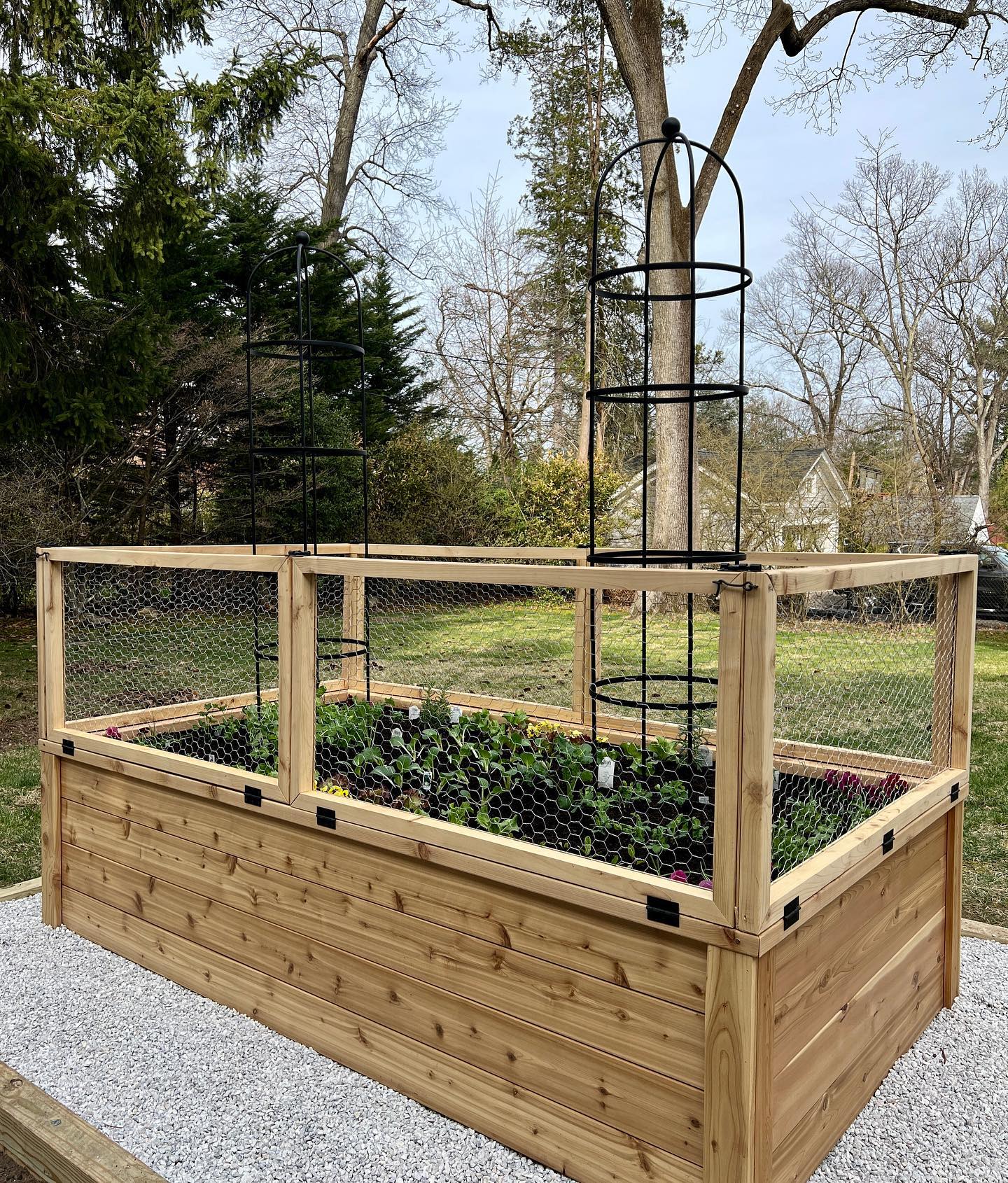
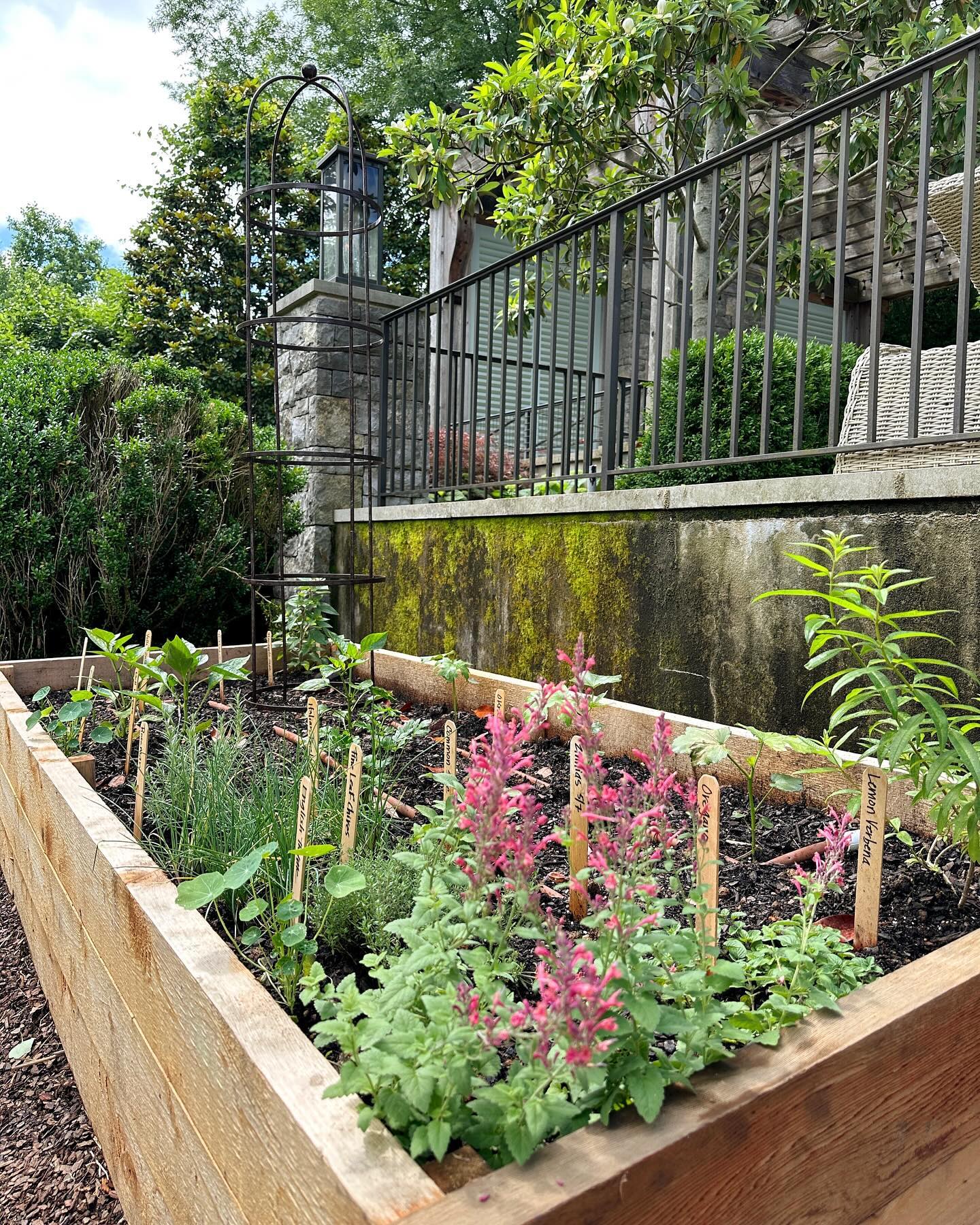

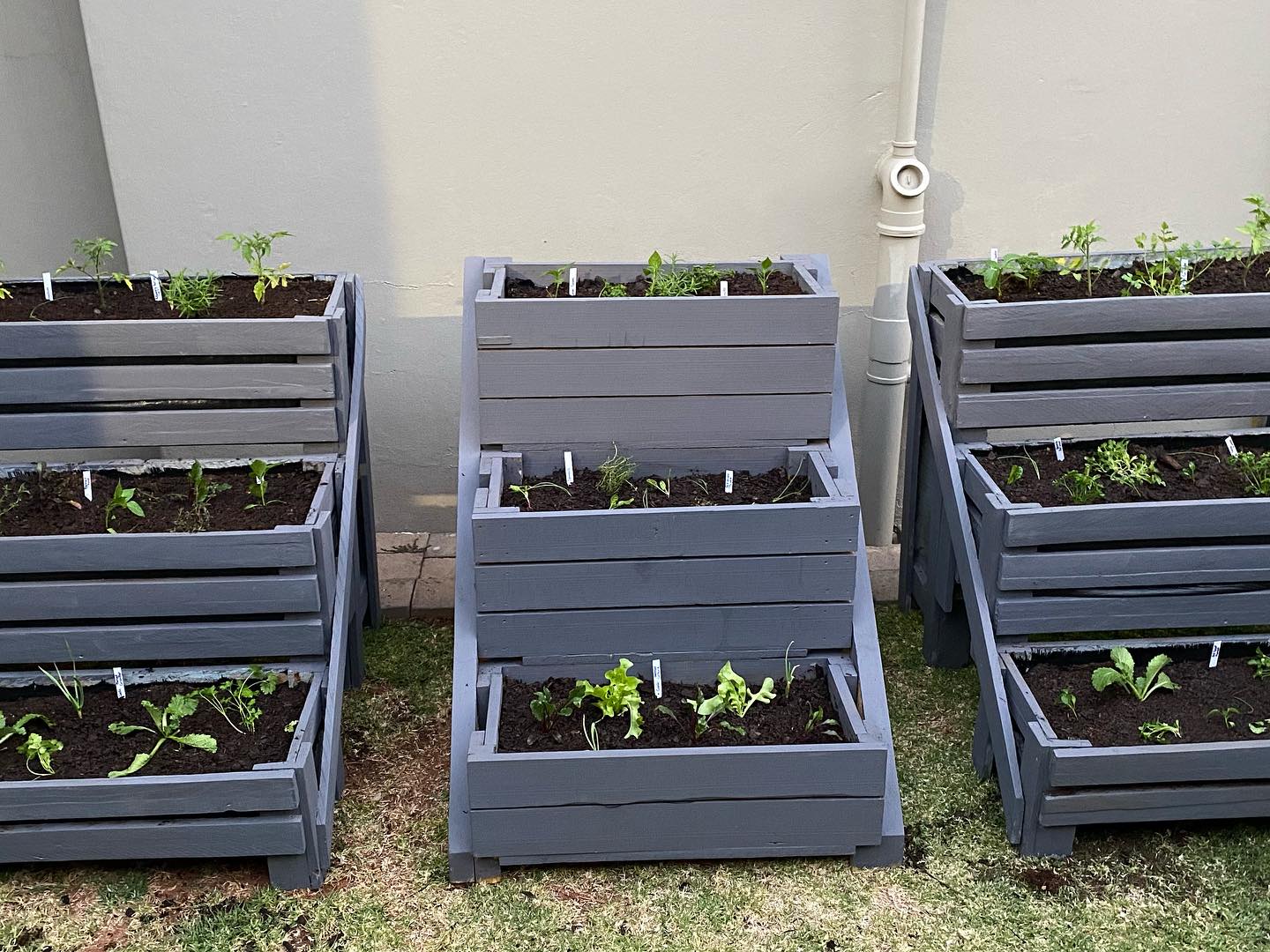
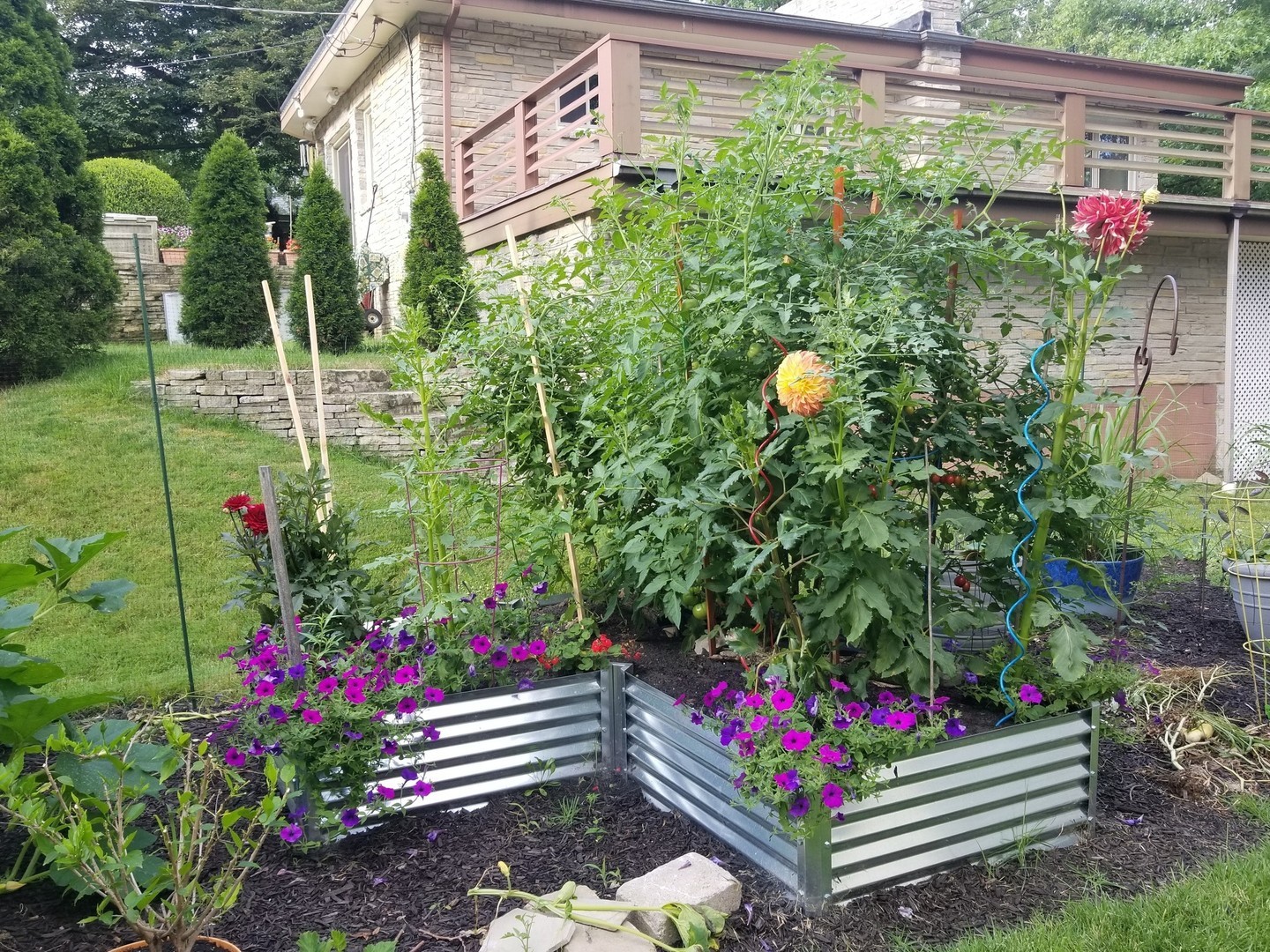
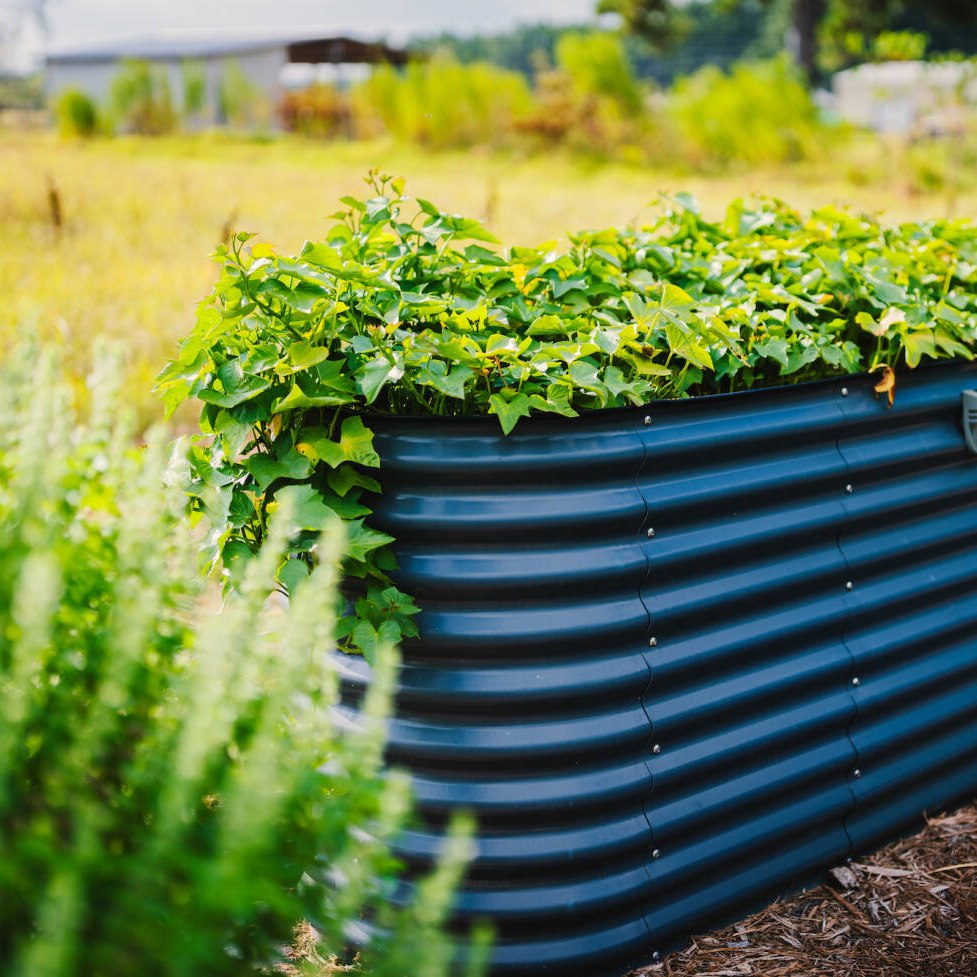
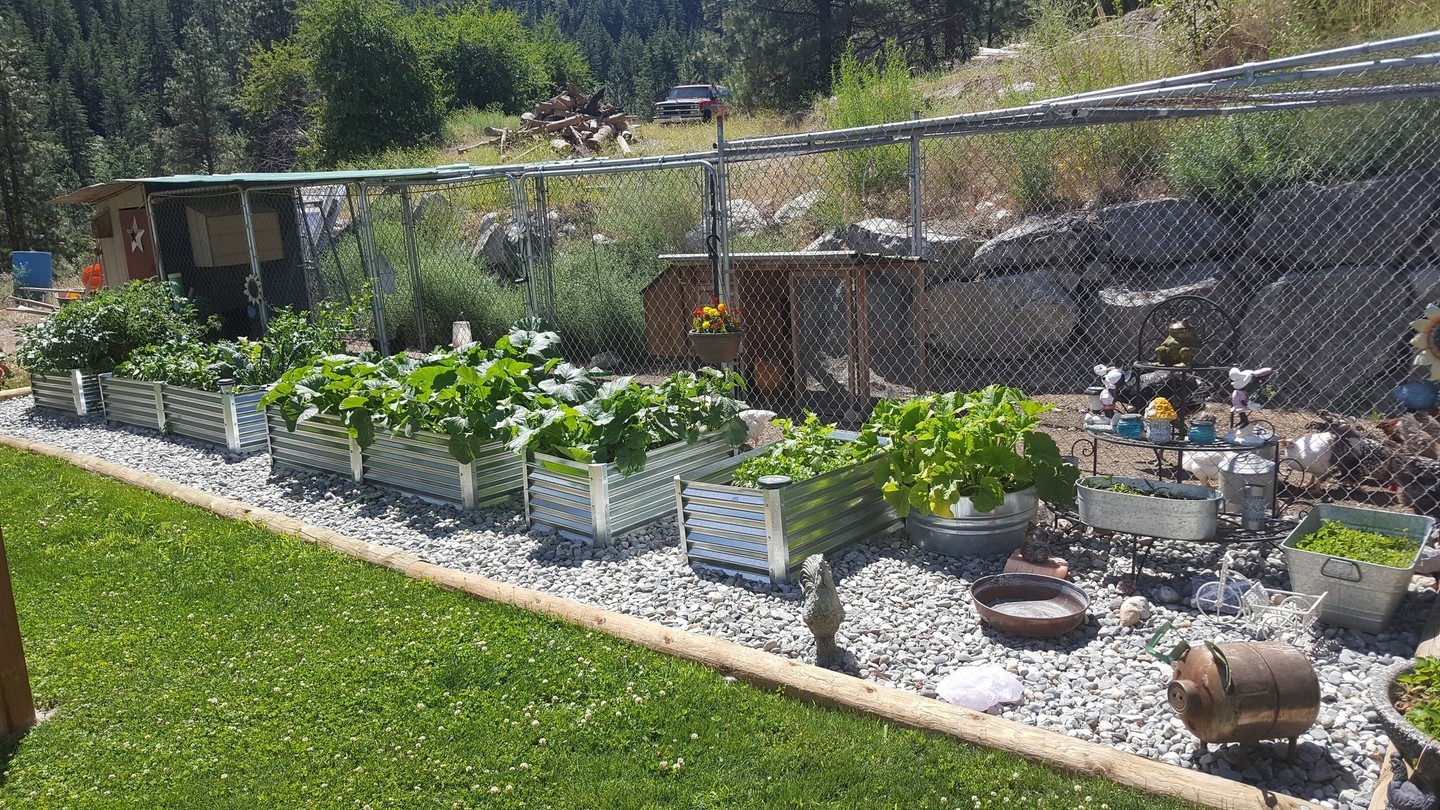
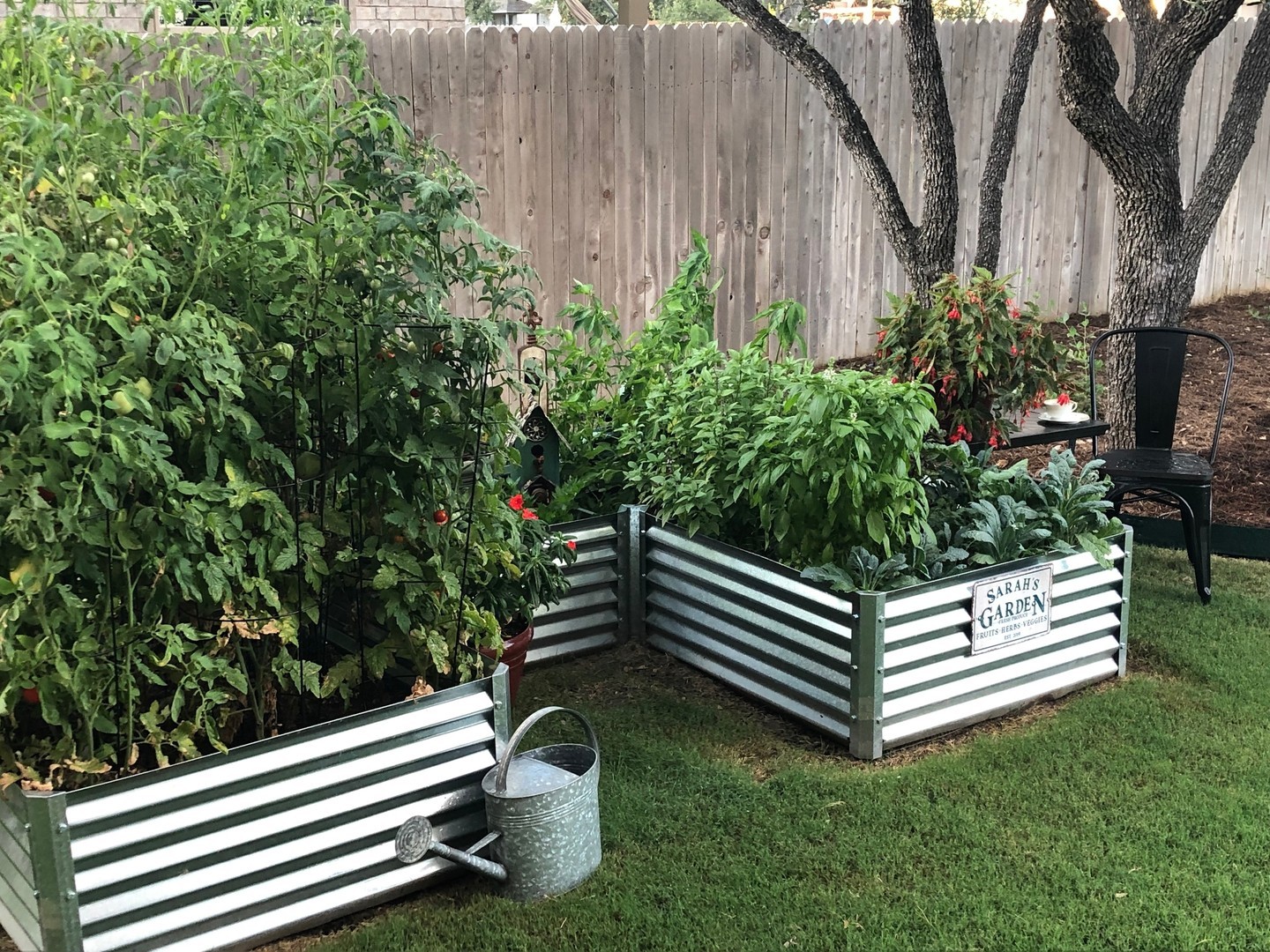
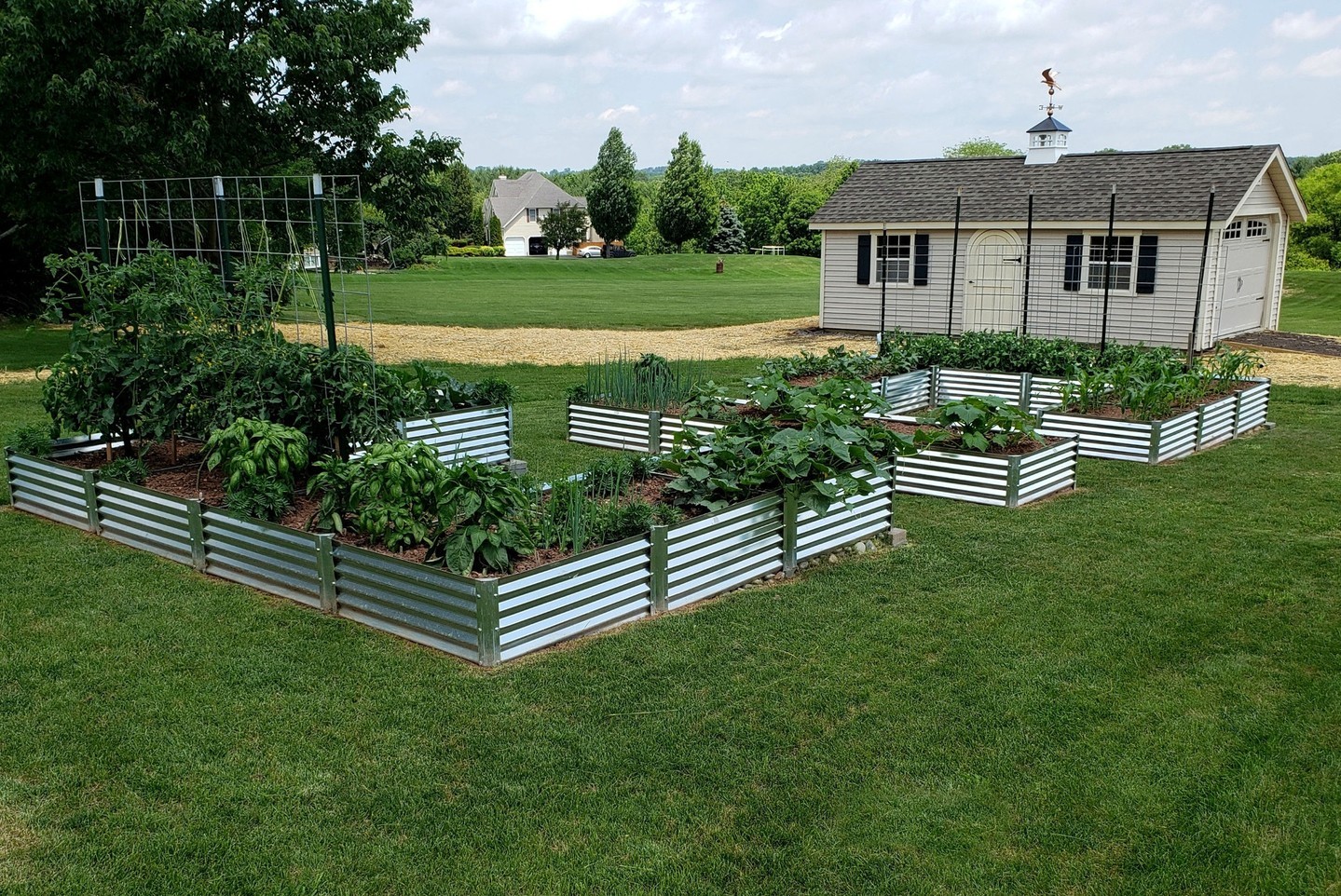
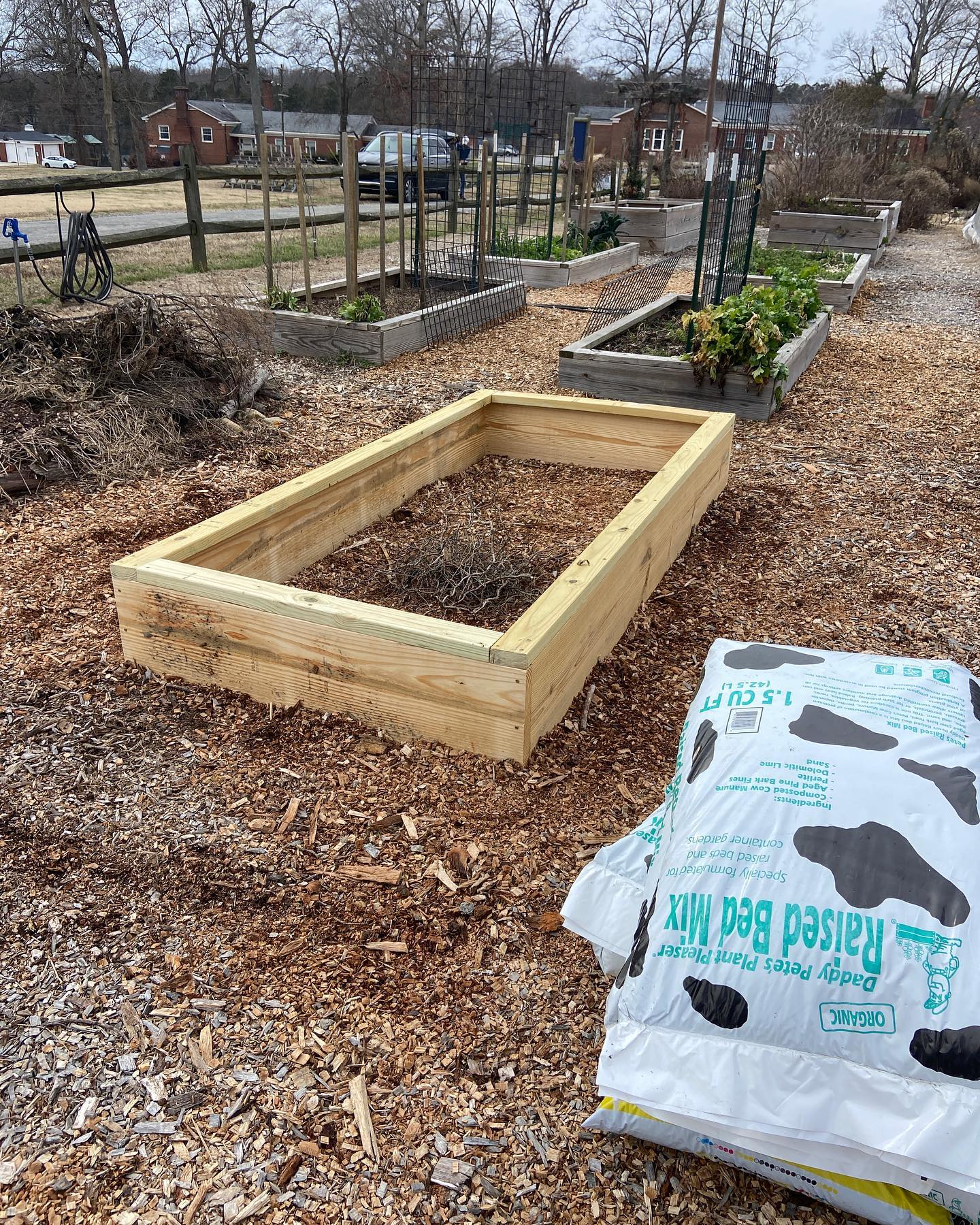
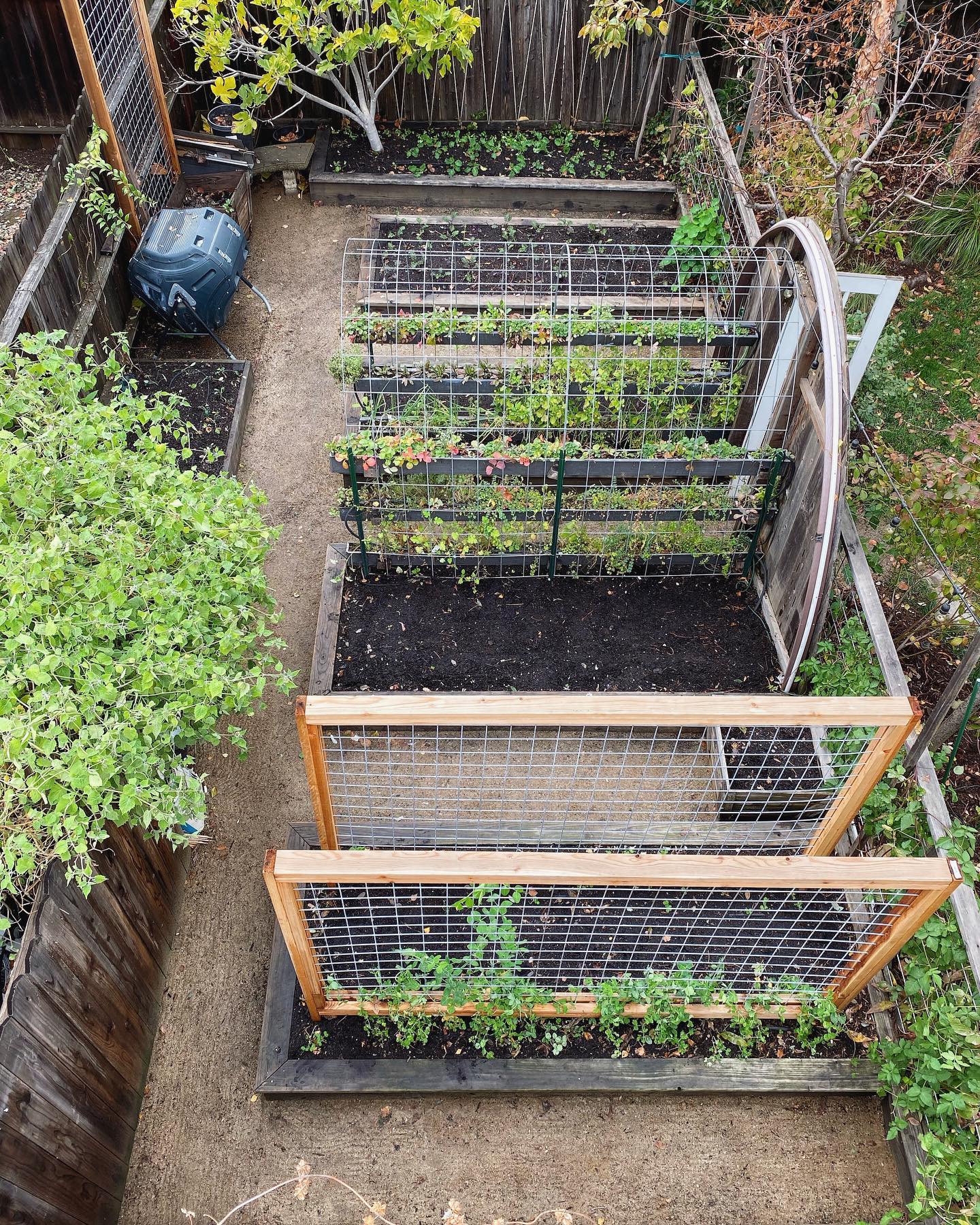
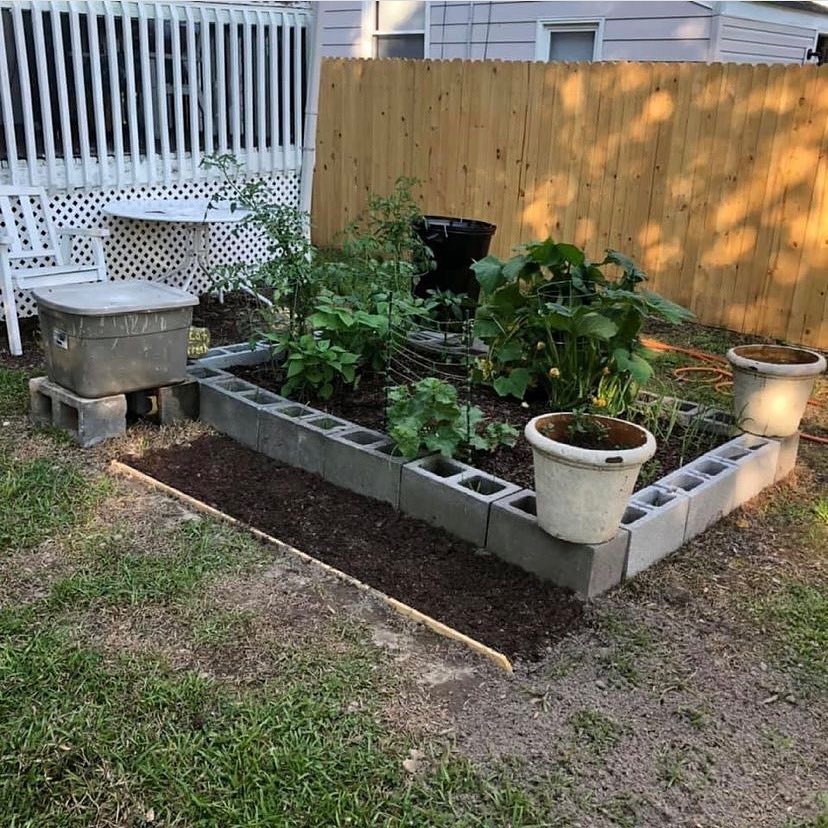

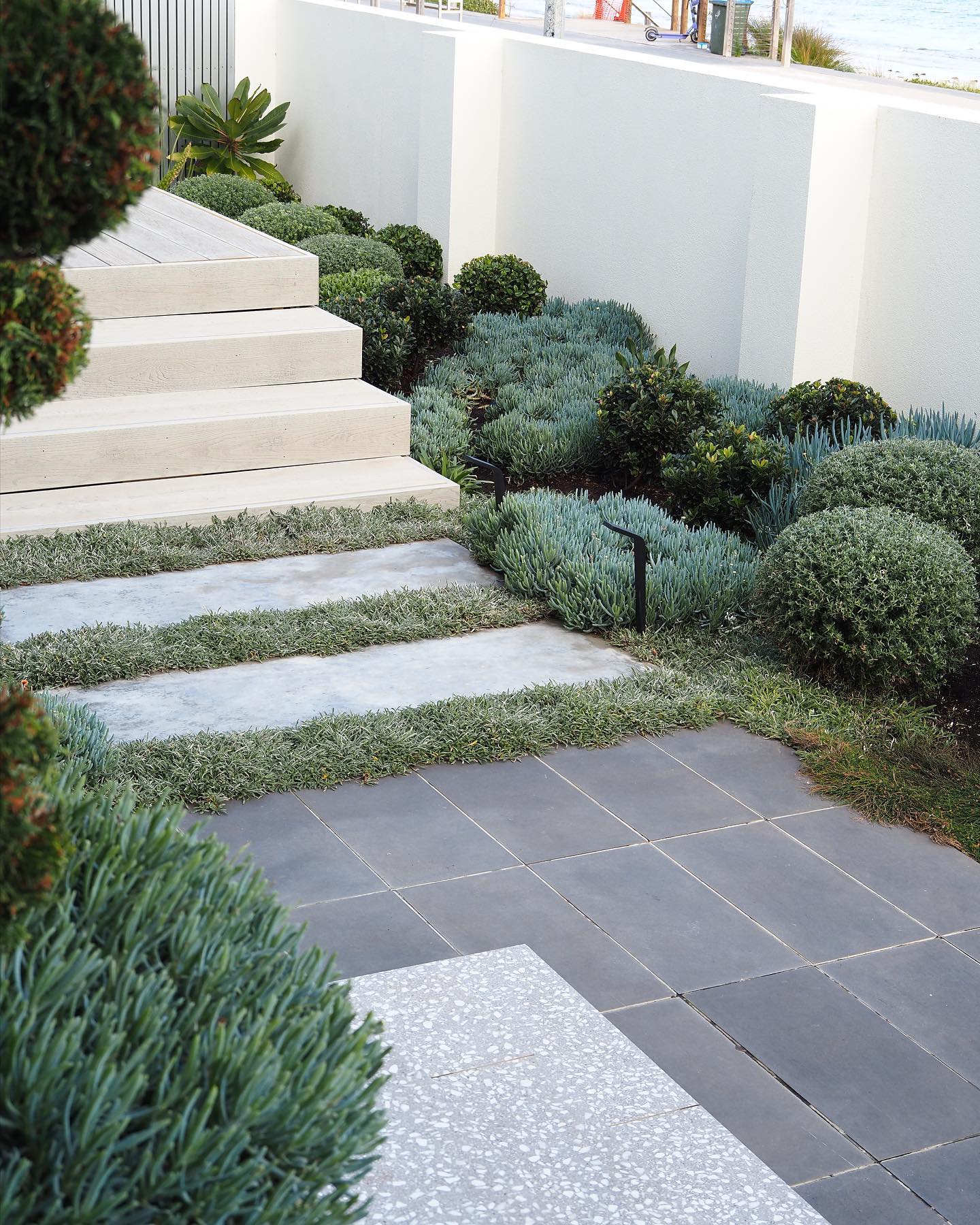
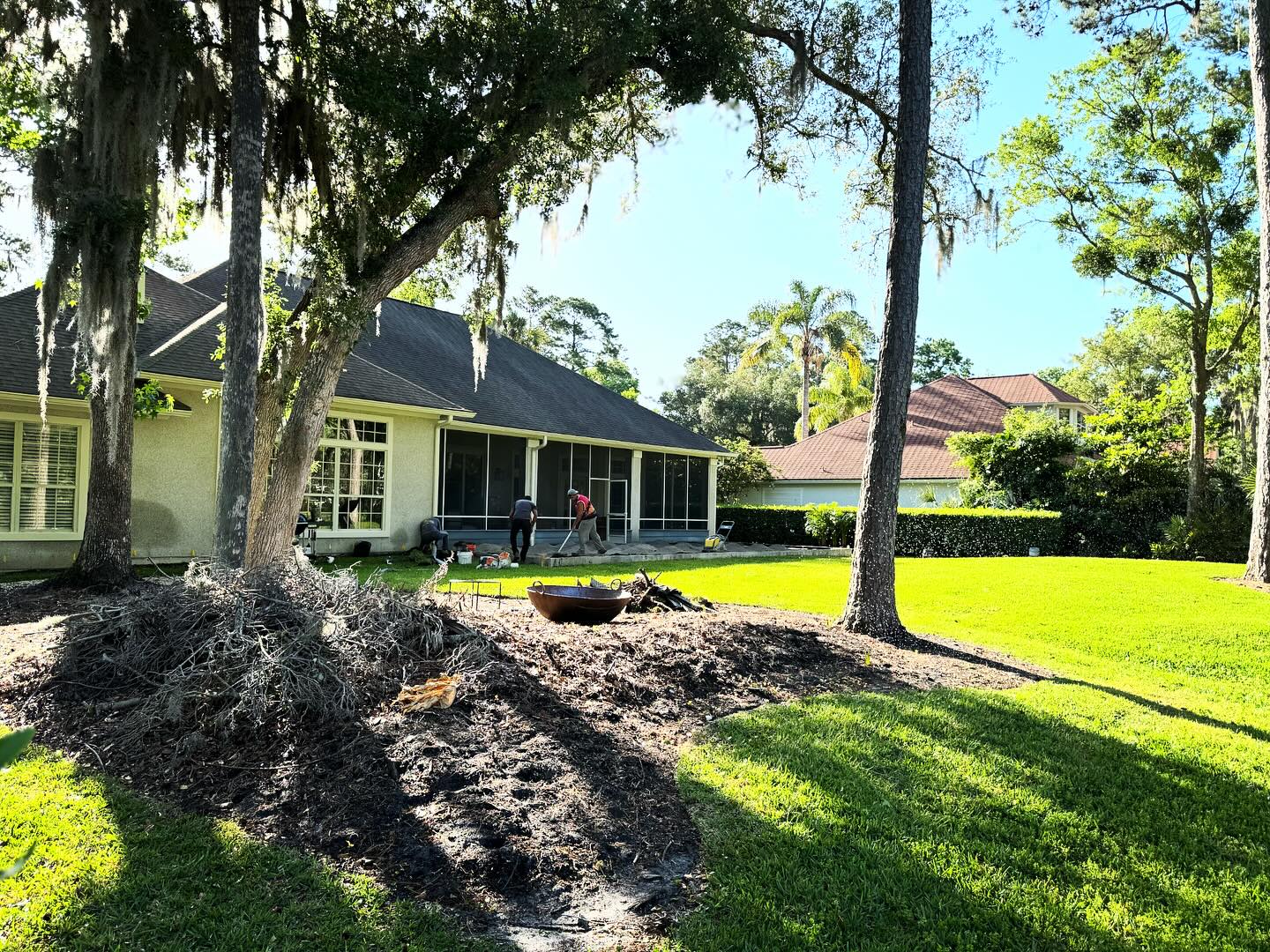
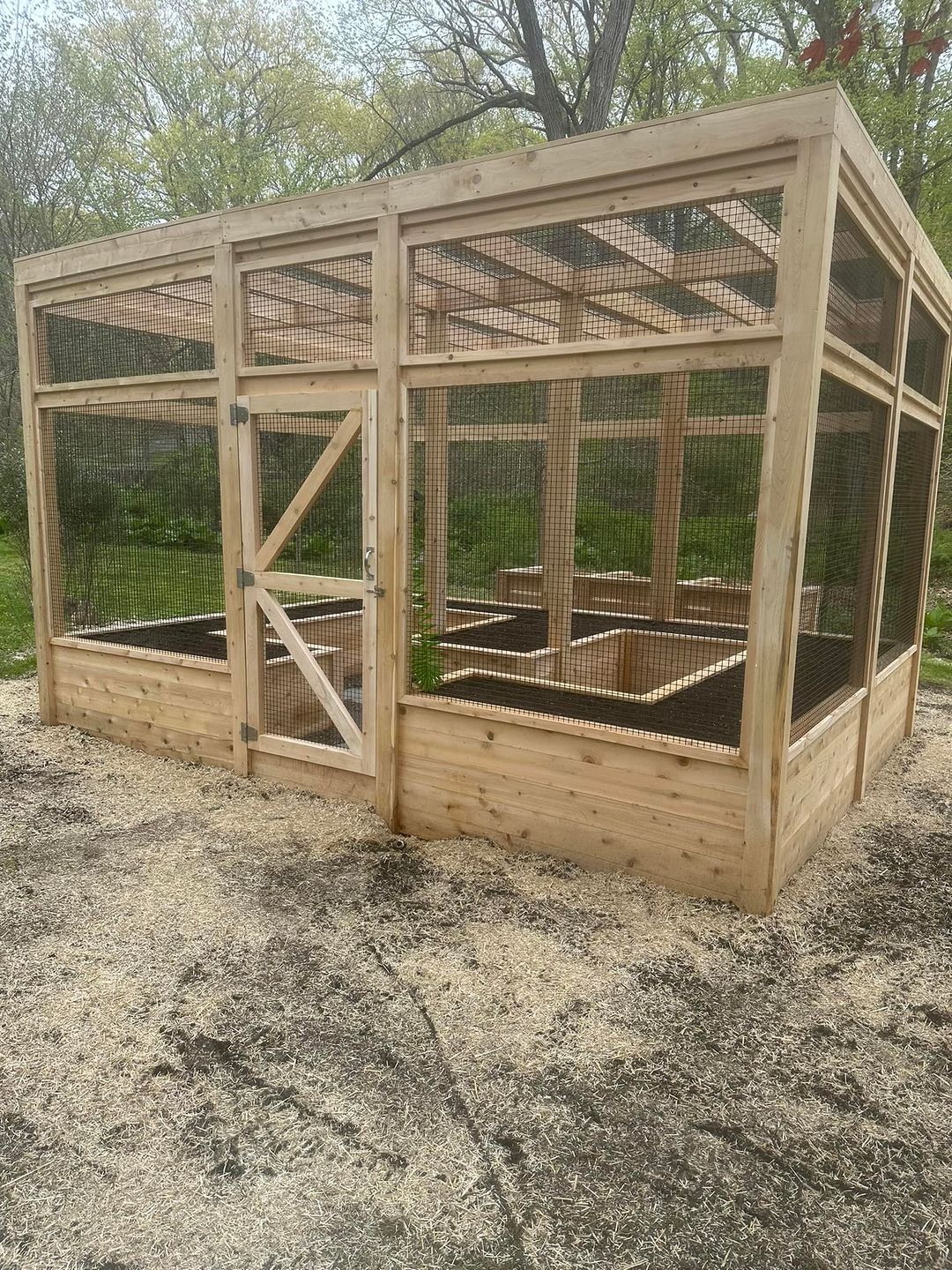
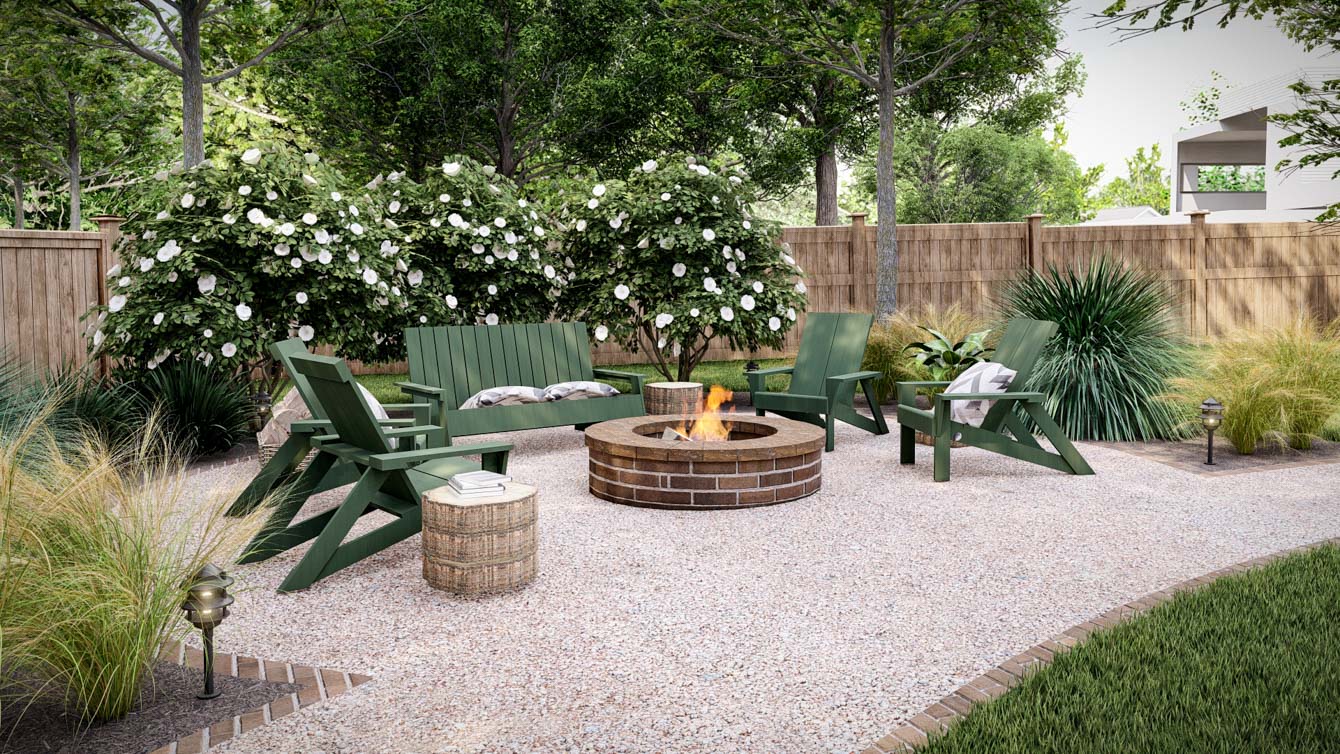
Comments